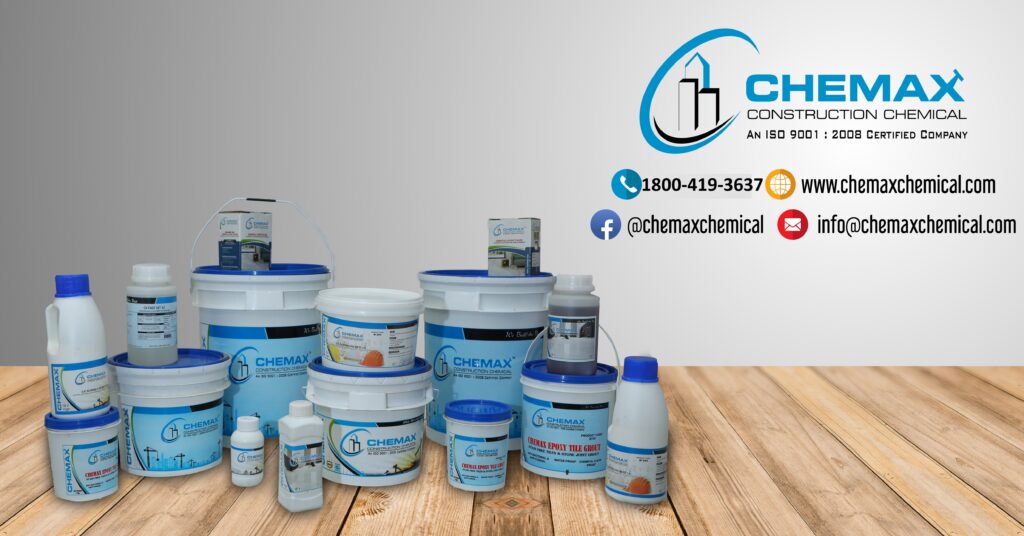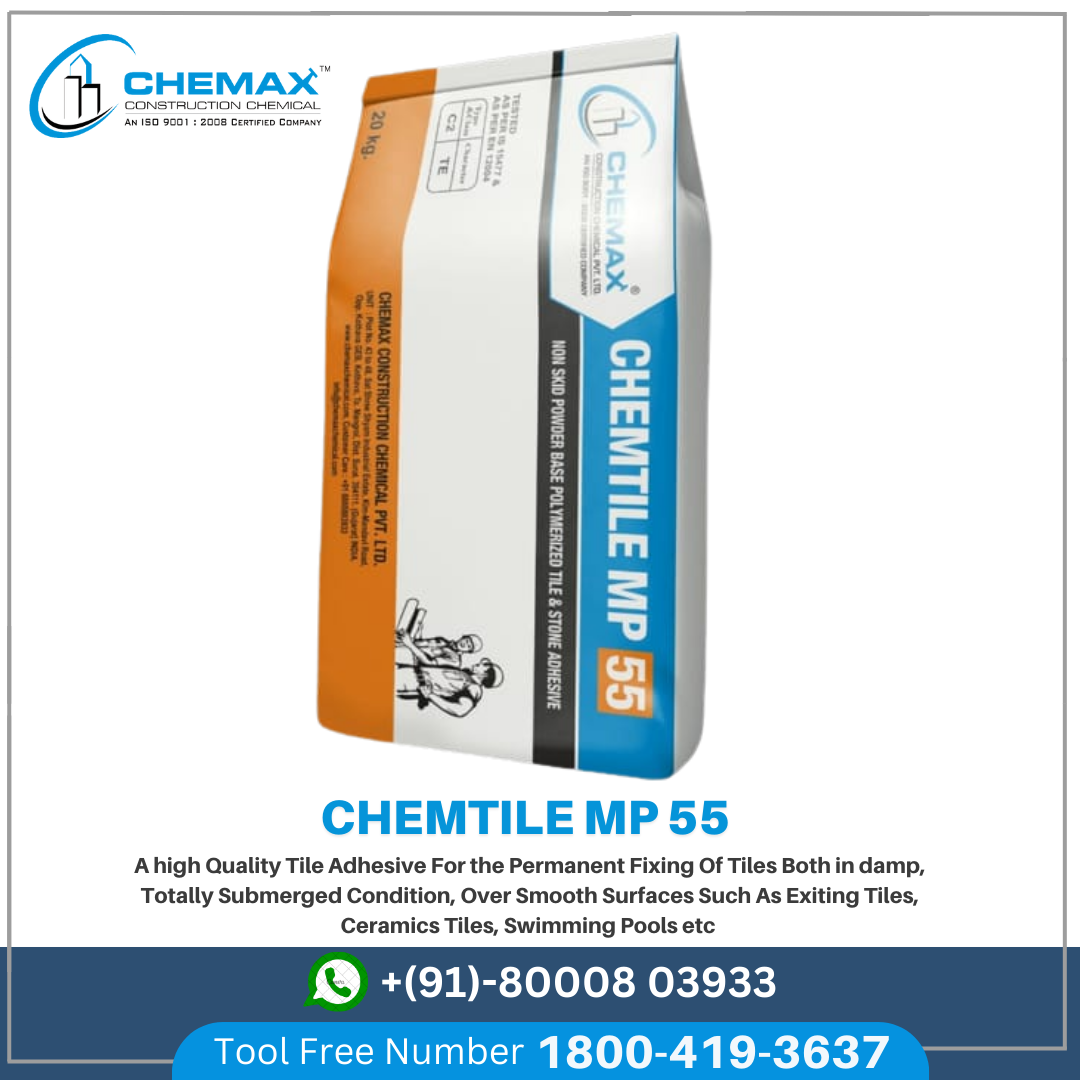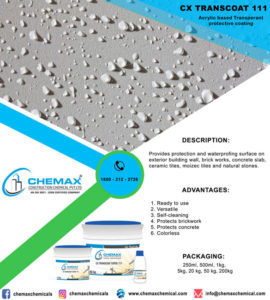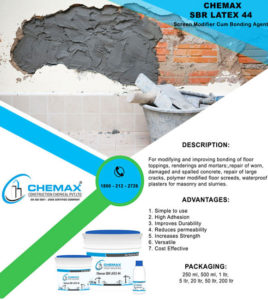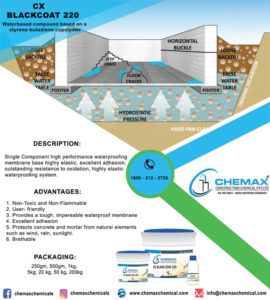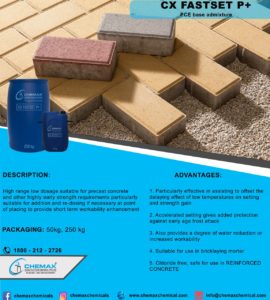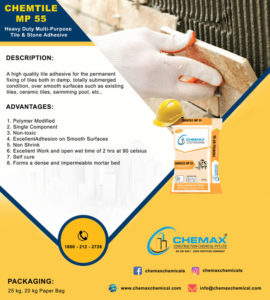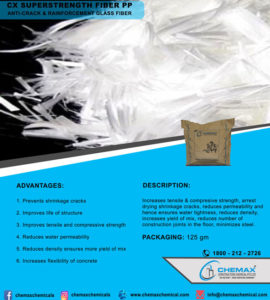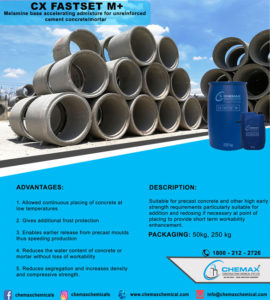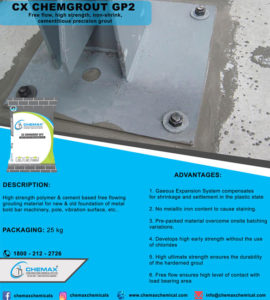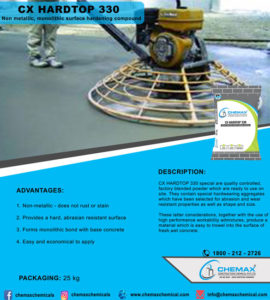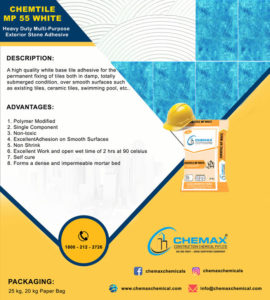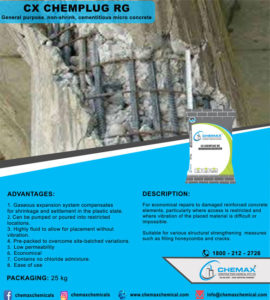Tiles are an essential component of any interior design, whether it’s for your house, office, or other space. In general, tiles are an essential component of beauty. Initially, a cement and sand slurry had been used to create the tiles. Nevertheless, this approach has certain shortcomings. As cement dries, it shrinks, leaving holes beneath the tile’s surface. These are floor factors that are prone to chipping or breaking, so any impact should be expected. The most reliable and long-lasting option for installing tiles is adhesives. The article offers some helpful advice on how to choose a tile adhesive that works well.
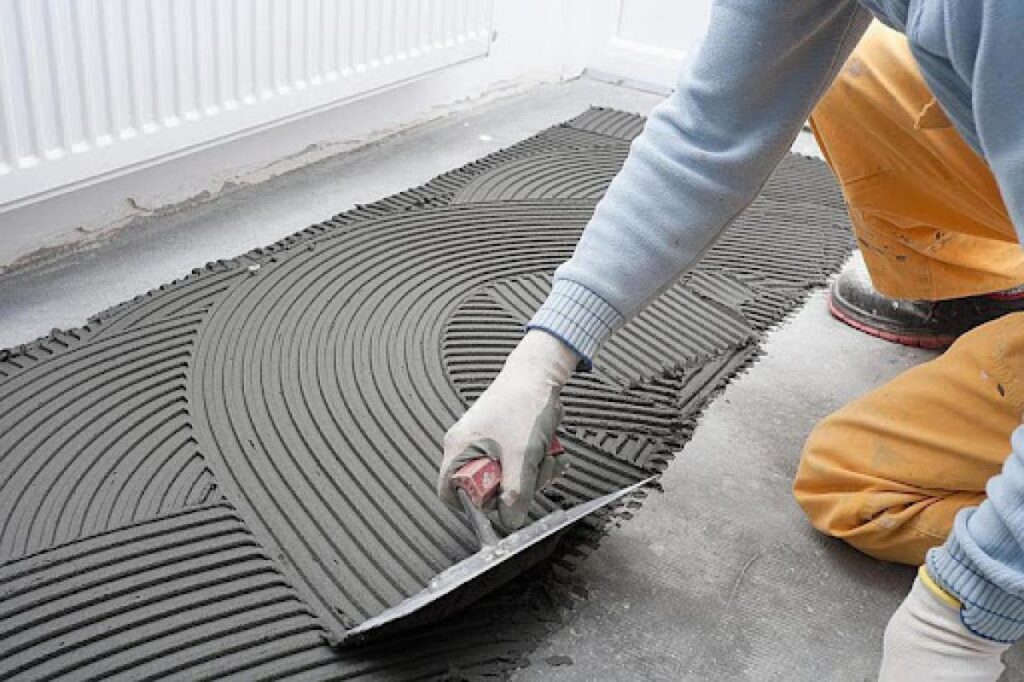
Tile Adhesive: When combined with water or a latex-based additive, this specially formulated dry powder forms an even paste for trouble-free tile installation. Premixed tile adhesive has a more attractive laying characteristic. OPC great sand, OPC, and various additives are used in its creation. After priming, the tiles can be installed over pre-existing tiles, polished cement, wood, or other substrates with superior tile adhesive.
Benefits: Using tile adhesive is clean. Once you combine it with water, it becomes functional. After the tiles have dried, remove them from the box and lay them.
When applying tile adhesive alone, the aggregate can be spread out over about one meter. The tiles could be quickly repositioned to create strains by first specifying an alternating pattern at the adhesive. Installing this procedure expedites the process.
Tile adhesive is specifically made for the surfaces on which it is used. Every living room, bathroom, and pool has a special adhesive made just for that location. Benefits: Using tile adhesive is clean. Once you combine it with water, it becomes functional. After the tiles have dried, remove them from the box and lay them.
When applying tile adhesive alone, the aggregate can be spread out over about one meter. The tiles could be quickly repositioned to create strains by first specifying an alternating pattern at the adhesive. Installing this procedure expedites the process.
Tile adhesive is specifically made for the surfaces on which it is used. Every living room, bathroom, and pool has a special adhesive made just for that location.
The durable bond between tiles and the ground is created by tile adhesive. The adhesive minimizes damage by preventing water from penetrating. The durable bond between tiles and the ground is created by tile adhesive. The adhesive minimizes damage by preventing water from penetrating.
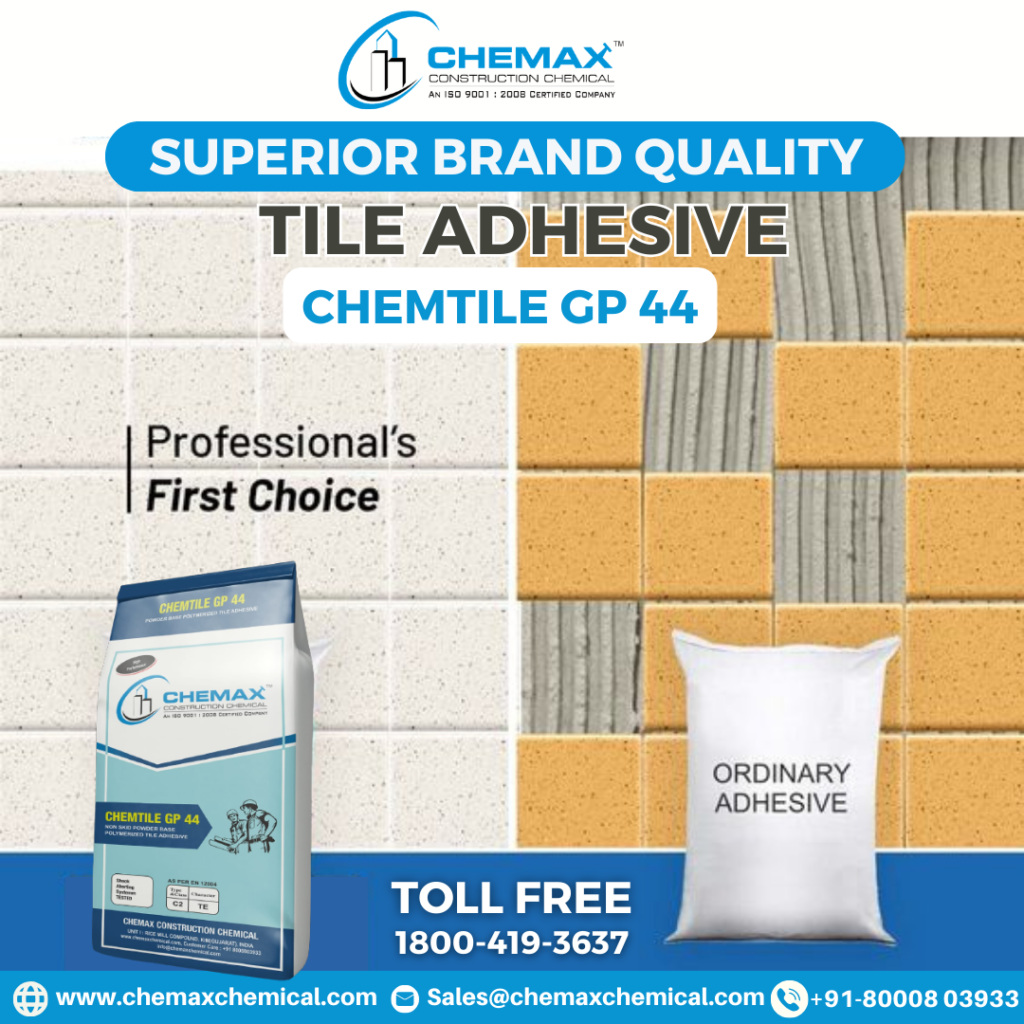
Disadvantages: Regular maintenance is necessary to maintain the durability of the bond.
Rerouting is necessary because water can penetrate tile surfaces and cause damage.
A poor choice of tile adhesive can seriously affect the appearance of your home by loosening the tiles, giving them a holey appearance, or even creating noises when you walk on them.
Various adhesive kinds offer more robust bonding on unique surface patterns. The type of substrate used to lay the tile affects the glue selection as well. For smaller tiles, a premixed paste is used; for larger tiles, powdered adhesives are appropriate. When it comes to tile adhesive, choosing a well-known brand will ensure that you can stop worrying about a shoddy installation and can relax for years to come. Darker adhesives can hide smears and other telltale indicators of damage and harm while adding a visually appealing element to light-colored tiles, such as white tiles with gray adhesives.
A premixed glue solution costs more than a powdered grouting solution because it is premade and ready to use. Given the financial outlay you’ve already made for numerous tiles, tile adhesive is crucial. Tile adhesives come in a variety of sizes and applications, ranging from 20 kg luggage to 500g bins.
Types of Adhesive Tiles
Tile adhesives are categorized in amazing ways all over the world. Every US state has a system in place for categorizing it. Nevertheless, despite the wide variety of tile adhesive styles available, there are a few specific types that differ in their chemical makeup. Below is a list of them:
Dispersion adhesive made of cement and water.
Tile mat for adhesion that is primarily based on epoxy and polyurethane.
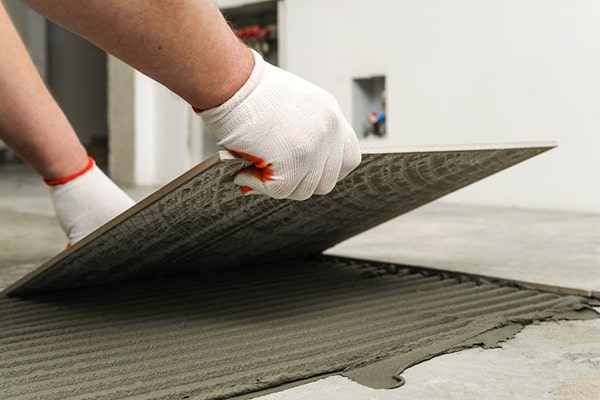
Acknowledge The exterior
Tiles can be used both indoors and outdoors. Use because it is evident that outdoor initiatives face greater challenges in harsher environments. However, using outside has more stringent emission requirements, which may compromise fitness. The following guideline also applies to tile adhesives:
Internal use: Recognize the environment it will probably be used in and the objects it will need to handle.
When using outside, consider the weather and select the appropriate adhesive.
Recognize the Tiles
Multipurpose adhesives are used to position the maximum amount of porcelain, ceramic stones, metal, or glass tiles. Manufacturers usually identify their products by the unique types of tiles that they can use. Nonetheless, there are some situations where you’ll need tiles with particular qualities.
White cement adhesives are advantageous for mosaic tiles and transparent tile applications because they are easier to smooth and have superior aesthetics.
Because porcelain stoneware is heavy and brittle, it needs to be securely constant. This can be achieved by using materials that are better suited for bonding.
Although regular glue can be used for floors, large-scale tiles (larger than 300 by 300 millimeters) work well when placed on partitions with a stronger adhesive. Select the type.
It’s important to choose the right amount of tile adhesive that matches the nice type of adhesive once you have a clear understanding of the general context in which the tiles are intended to be used.
Making the right decision:
It may appear to be a minor detail, and you may assume that knowing the differences between adhesives is sufficient. However, choosing a well-known logo for tile adhesive will guarantee that you won’t have to deal with a shoddy setup that could take decades to complete.
